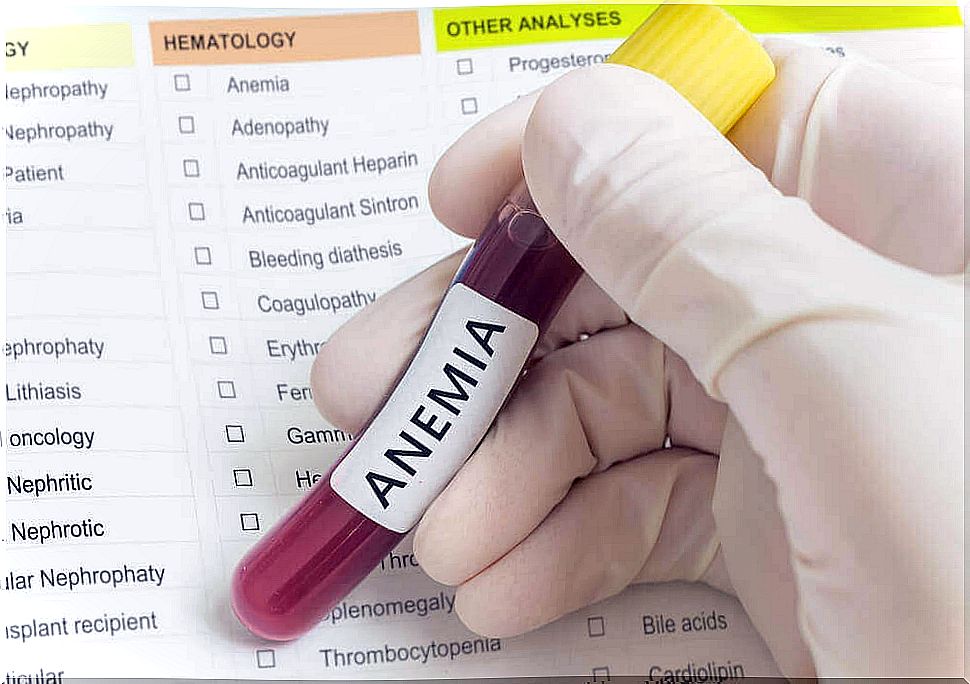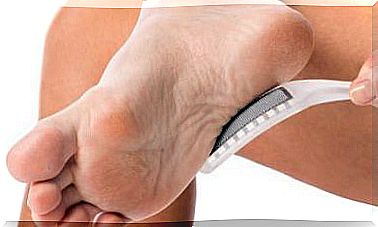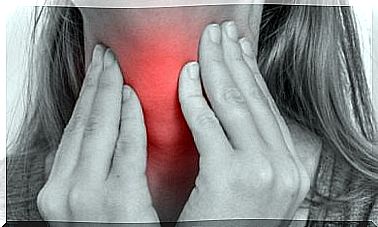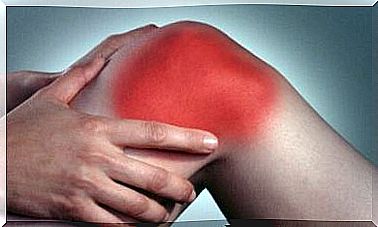Iron Deficiency Anemia In Children: Everything You Need To Know

Iron deficiency anemia in children is a condition whose origin is iron deficiency. This mineral is an essential part of hemoglobin, a protein responsible for transporting oxygen in the blood for the optimal functioning of the body’s tissues.
The disease is common in children between 6 months and 3 years of age, especially when they do not receive good nutrition. However, it also affects older children and is often a reason to consult a pediatrician. What are its causes and how does this disease manifest itself?
To resolve these issues, it is essential to address the most relevant aspects of the pathology. For this reason, below we want to review its main triggers and symptoms that allow us to recognize the problem in a timely manner.
Why do children have iron deficiency anemia?
Low iron absorption is the main cause of iron deficiency anemia in children. The body obtains this mineral from food and also recycles it from old red blood cells. Some factors linked to the disease are:
- a low iron diet
- Inability of the body to absorb iron
- Slow and prolonged blood loss
- Excessive consumption of cow’s milk (especially when replacing breast milk)
- food allergies
- lead poisoning

Symptoms of Iron Deficiency Anemia in Children
In its early stages, the disease usually causes no overt symptoms. This situation makes treatment difficult because the iron level and blood count may continue to fall. As it progresses, iron deficiency anemia in children causes:
- Bluish or very pale coloration of the sclera of the eyes
- brittle nails
- Decreased appetite or cravings for unusual foods
- Weakness and prolonged fatigue
- Headaches and dizziness
- Irritability
- Breathing difficulties and tachycardia
- Pallor
- Weight gain
Diagnosis
To diagnose iron deficiency anemia in children, a doctor performs a physical assessment and asks a few questions. He then takes a blood sample that is sent to the laboratory for analysis. This test lets you know if your red blood cells are iron deficient.
In general, the specific tests that allow confirming the disease are:
- Hematocrit: can detect anemia and other blood disorders.
- Serum Ferritin: Reveals the amount of iron stored in the body.
- Serum iron: shows how much of this element is in the blood.
- Total Iron Binding Capacity (CTFH): Used to measure the ability of a protein called transferrin to transport iron in the blood.
Prevention of Iron Deficiency Anemia in Children
There are two basic prevention measures against this type of illness: nutrition and regular medical check-ups . However, in any case, the parents play a very important role, as they are the ones who guarantee the child’s care.
Provide a proper diet
- Children should take, whenever possible, breast milk up to 6 months of age. Although some ignore it, this food allows for better absorption of iron and is essential for the development of the immune system.
- If you are unable to breastfeed, the chosen supplement must be fortified with iron.
- From 5 or 6 months of age onwards, more nutrients can be provided, such as fruits, vegetables and lean meats.
- Avoid offering cow’s milk before 12 months.
- When the child is older, a balanced and varied diet may be sufficient to obtain adequate levels of iron.
Visit the pediatrician
- Any manifestation of iron deficiency anemia in children should be managed by a pediatrician. Likewise, if the child has any risk factors or history, he or she should have regular medical check-ups .
Iron deficiency anemia treatment
Due to their age and developmental process, children absorb only a small amount of the iron they consume. Therefore, to get the amount needed (about 8 or 10 mg per day) it is important to add iron-containing foods to the child’s diet.

- Lean meats (chicken, turkey, pork)
- fish and seafood
- Eggs
- Legumes (beans, lentils, soybeans)
- Liver
- Oatmeal flour
- Peanut butter
- Oilseeds
- plum juice
- Spinach
- whole grains
When healthy eating doesn’t do much to treat low iron levels and anemia, your doctor may suggest iron supplements that are taken by mouth. Under no circumstances should iron or vitamin supplements be administered without pediatrician supervision.
To take into account!
Iron deficiency anemia that is not tackled in time can interfere with a child’s learning and development process. Low iron levels reduce attention and alertness. Therefore, addressing any of your symptoms quickly is crucial to avoiding these problems.







